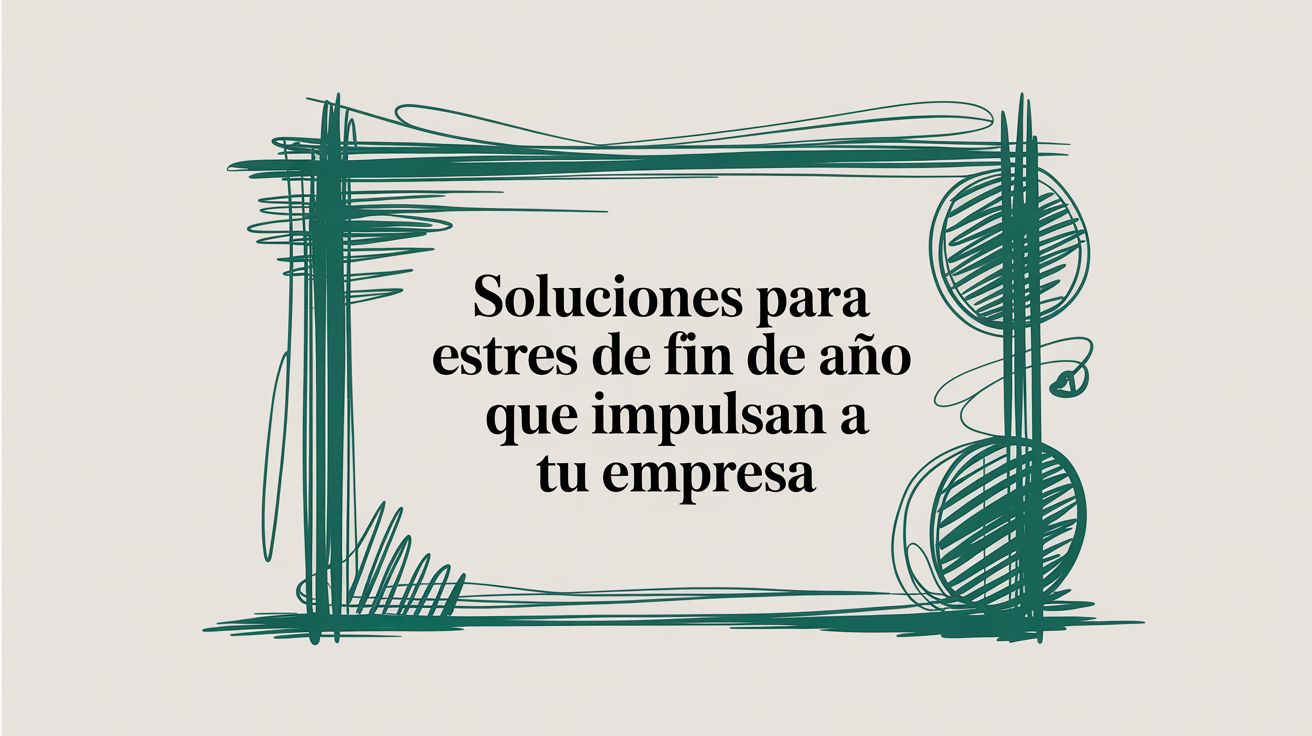Oct 24, 2025
How to motivate the work team effectively and sustainably
Knowing how to motivate the work team goes far beyond giving a bonus at the end of the year. It is about forging an environment where the enthusiasm and involvement of each person drive results day by day. In the end, as we have seen in our experience, a motivated team is the most valuable strategic asset of any organization.
Why it is vital to motivate your team today
In the day-to-day operations of Mexican companies, maintaining high levels of motivation is no longer an optional "extra" but the true engine of growth. When morale drops, productivity stagnates, and worse, the organizational culture begins to weaken.
Since 2019, at Zen to Go, we have accompanied hundreds of teams, from startups to large corporations, and have identified a clear pattern: demotivation hinders innovation and increases employee turnover. It is becoming increasingly urgent for leaders and HR teams to ask themselves how they are nurturing the commitment of their collaborators.
The current landscape of motivation in Mexico
The statistics speak for themselves. According to a recent study, only 54% of Mexican workers claim to be satisfied with their current job. This leaves almost half of the workforce with some degree of dissatisfaction, a perfect breeding ground for talent flight and low morale.
You can explore this scenario further in the report on job satisfaction in Mexico.
This data confirms what we see in the field: strategies focused solely on financial incentives are no longer sufficient. A more human and comprehensive approach is needed, one that addresses the emotional and developmental needs of each person.
Beyond productivity
The lack of motivation not only reduces financial indicators. Its consequences directly impact the day-to-day operations of the organization:
Flight of key talent: The most valuable collaborators are often the first to seek new opportunities when they perceive that the company does not invest in them.
Tense work environment: An atmosphere filled with discouragement generates conflicts, blocks communication, and undermines creativity.
Deterioration of the employer brand: High turnover and dissatisfied employees damage the company's reputation, making it harder to attract new talent.
“A demotivated team not only stops rowing; without realizing it, they may be making holes in the boat. Investing in their well-being and motivation is the best way to ensure that everyone rows in the same direction and with energy.”
Before seeking culprits, it is helpful to recognize that well-being and motivation are a shared responsibility. Improving the work environment is not a luxury but a smart business strategy. For practical and applicable ideas, consult our guide on how to improve the work environment.
Building a trusting and mutually supportive environment

The foundation of a truly motivated team does not lie in year-end bonuses but in something much more human: the quality of the relationships experienced every day. An environment where each person feels safe, valued, and, above all, heard is fertile ground for motivation to flourish naturally.
When trust is the currency in the office, people are not afraid to propose ideas, admit they were wrong, or ask for help. This psychological safety is key. A trusting team is one that collaborates freely, focused on finding solutions rather than assigning blame.
Communication as a pillar of trust
Promoting open and honest dialogue is the first step, but it's not just about having informative meetings. The key is to create channels where communication flows in both directions, meaning that leaders must be as good at listening as they are at speaking.
From our experience with various companies, we have seen that transparency in decision-making, even in the most difficult situations, strengthens bonds like few things do. Communicating the "why" behind a strategic change creates a sense of belonging and respect that money cannot buy.
Implementing a culture of constant feedback is also essential. When feedback is provided constructively and regularly, it stops being that uncomfortable moment to become a tool for growth, both personally and for the entire team.
The power of genuine recognition
Recognizing good work goes far beyond a mass email of "congratulations to all." The recognition that truly impacts is specific, timely, and personal. Celebrating the small achievements of day-to-day has a much deeper and more lasting effect than a big award at the end of the year.
Here are some practical ideas that we have seen work:
Public and specific thanks: In team meetings, take a minute to highlight someone who did a great job, explaining exactly what they did and why it was valuable.
Personal notes: A simple handwritten message or a direct chat acknowledging an effort can mean much more than a formal recognition.
Celebrations of milestones: Don’t wait until the end of the project. Celebrate important advances, such as achieving a weekly goal or solving a complex problem.
These actions, though simple, send a clear message: "We see your effort and truly value it".
Pillars of a Motivating Work Environment
To build an environment that is not only productive but also healthy and motivating, it is useful to think about some strategic pillars. This table summarizes key actions, their impact, and examples you can start implementing.
Strategic Pillar | Direct Impact on Motivation | Practical Example |
|---|---|---|
Transparent Communication | Increases the sense of belonging and reduces uncertainty. |





